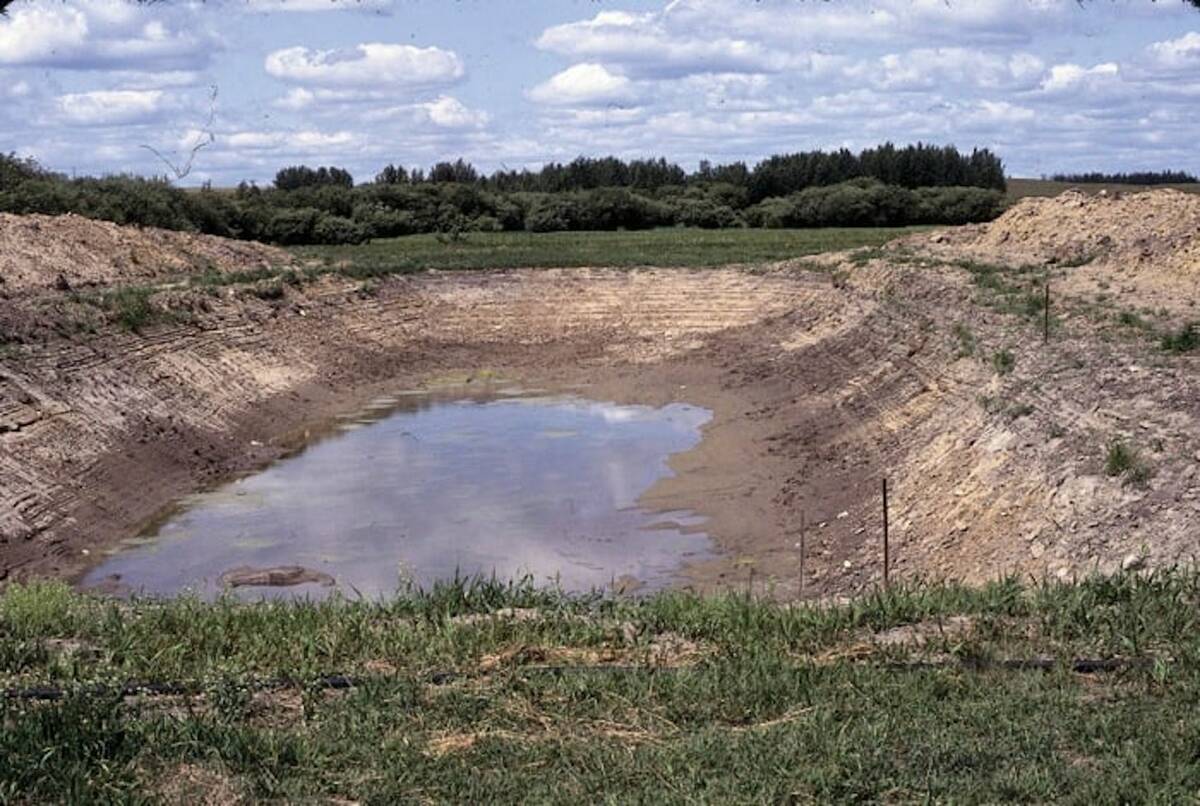CALGARY – A wheat streak mosaic virus outbreak in southern Alberta may serve as a warning to farmers to be more diligent with rotations and field hygiene.
The viral disease appeared in about 12 fields this year, says an Alberta Agriculture crop specialist.
While the disease has been around for a long time, “this spring it showed up in places it wasn’t expected to show up,” said Beata Lees in Lethbridge.
It is commonly a problem in winter wheat fields, but this year farmers were surprised to find it in hard red spring wheat and durum. Laura wheat and Kyle durum were highly susceptible.
Read Also

Dry summer conditions can lead to poor water quality for livestock
Drought conditions in the Prairies has led to an decrease in water quality, and producers are being advised to closely monitor water quality for their animals.
This year outbreaks were noted around Foremost, Seven Persons, Irvine, Warner and Grassy Lake. No outbreaks were reported farther north towards Brooks.
A diseased plant is characterized by yellow streaking of leaves and stunted growth.
The disease is spread by the wheat curl mite, which transfers the virus from stricken plants to healthy plants as it feeds. It can’t survive on ripened plants. The mite starts feeding along the edges of fields and moves inward. Yield loss estimates aren’t available because harvest is still under way in the south.
Crop specialists advise farmers to allow a two-week break between harvesting spring wheat and seeding winter wheat into the same field. Plant pathologists at the Lethbridge research station said Laura wheat should not be seeded into areas where the virus has been detected in the past.
Lees said the mite can survive on volunteer cereals and can also overwinter in ditch grasses.
“The virus seems to have survived in volunteer wheat not affected by chem fallow,” she said. “If you had an outbreak last year and you practiced poor hygiene, you could have another outbreak.”
The research station recommends killing volunteer wheat with herbicides before seeding in fall or spring, to get rid of the mites’ host plants.

















